OROVILLE — Butte County has long been devastated by wildfires and 2024 has brought with it some large-scale destruction.
Before the recent Quincy Fire burned 85 acres east of Oroville and the Park Fire spread into four counties, the Thompson Fire ravaged multiple neighborhoods and homes throughout northeast Oroville.
In August, Butte County Chief Administrative Officer Andy Pickett and his team brought forward an ordinance that grouped the recent fires into one emergency camp for the purpose of filing for additional state and federal aid. The Butte County Public Health Department followed suit.
On Tuesday, the county announced that it would be entering Phase I of household hazardous waste removal for properties damaged and destroyed by the Camp Fire.
With the public health emergency in place, the California Governor’s Office of Emergency Services has teams in the field inspecting these properties starting this week.
“Once significant progress has been made by (The Department of Toxic Substances Control), Cal OES teams will work with the Department of Water Resources to implement Emergency Protective Measures aimed at providing sediment and erosion control to safeguard against the movement of debris and ash,:” the announcement said. “These measures include the deployment of straw wattles, compost socks, and silt fences.”
Some properties within the burn scar have been taped off as early as Wednesday for public safety.
According to the release by the county, Phase I will be broken up into three parts.
Related Articles
Park Fire recovery ramps up in Cohasset
Firefighters stop Quincy Fire’s forward progress
Park Fire reaches 99% containment; robber sentenced; Highway 70 closure | Midday Report
Future of Oroville’s fireworks sales in jeopardy
Crews slow progress of Sierra wildfire, but evacuations orders remain
Assessment and inspection will consist of teams identifying hazardous waste on the properties and marking the areas with paint. Crews will then begin to remove and dispose of the materials. Lastly, the teams will work to mitigate environmental contamination as a result of the hazardous waste.
For paint markings, a white “X” represents an empty container or cylinder, which are typically removed in Phase II of the process. A white “MT” marking means an empty fuel tank. Pink paint labels material that could have asbestos and will be tested later in the process. Orange paint means septic systems and damaged transformers while red paint labels lithium batteries and some other forms of hazardous waste.
Residents may also see general orange outlines which mark zones where mitigation measures such as compost socks and straw wattles will be placed.
Additional information can be found at buttecounty.net/2022/Thompson-Fire.
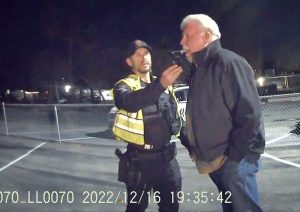

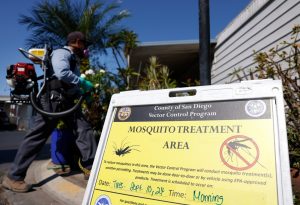

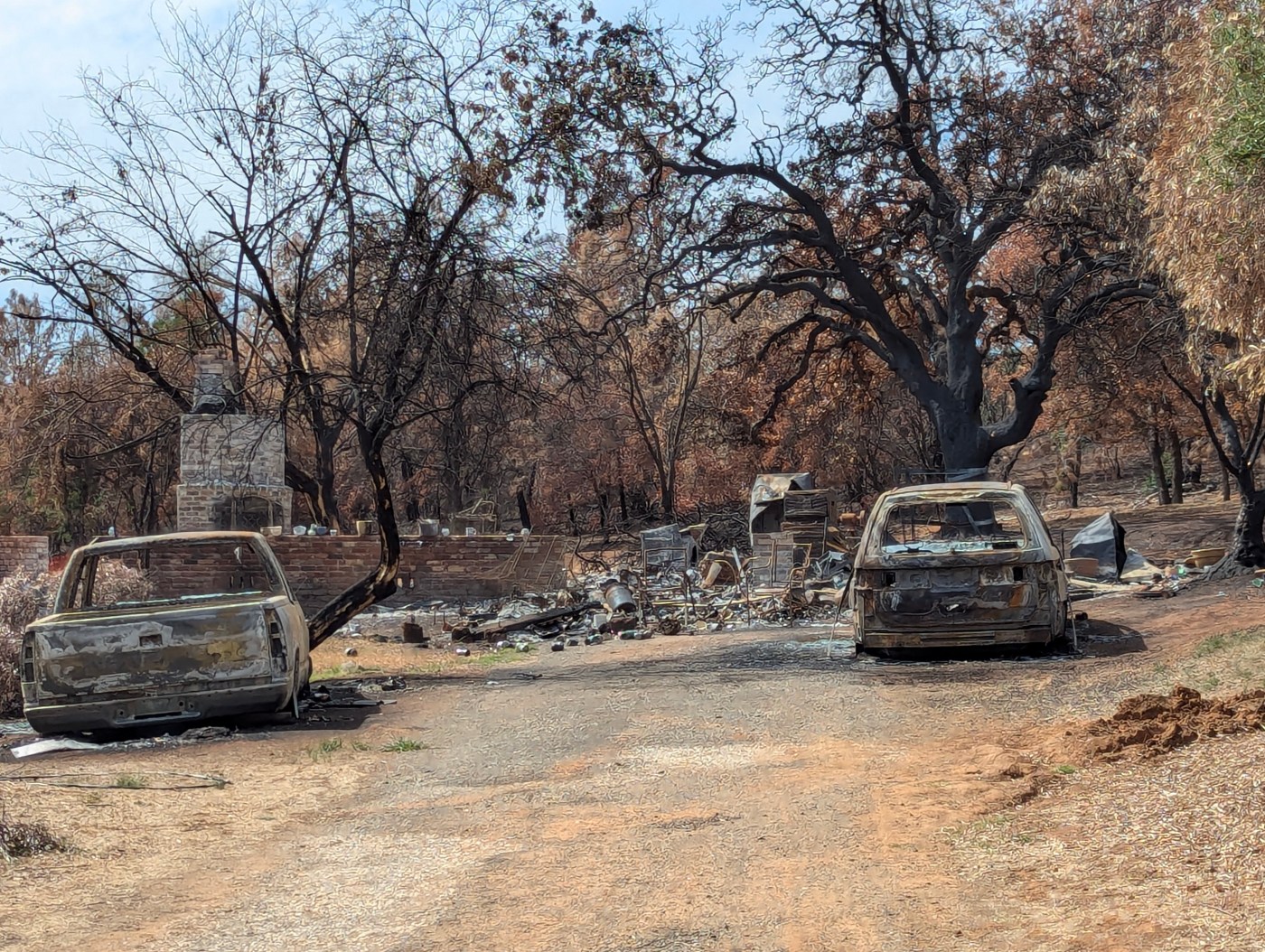
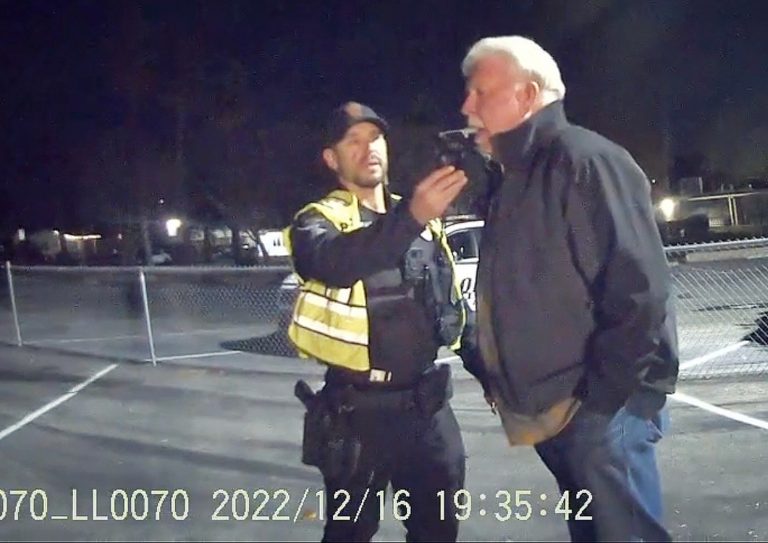

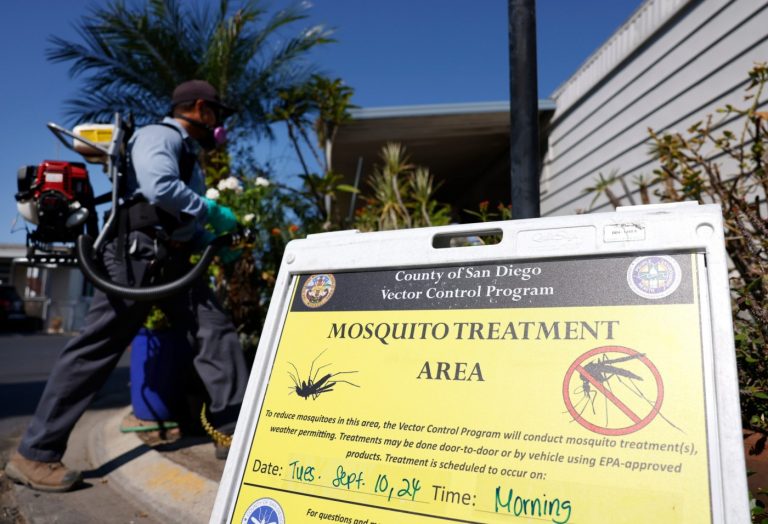





+ There are no comments
Add yours